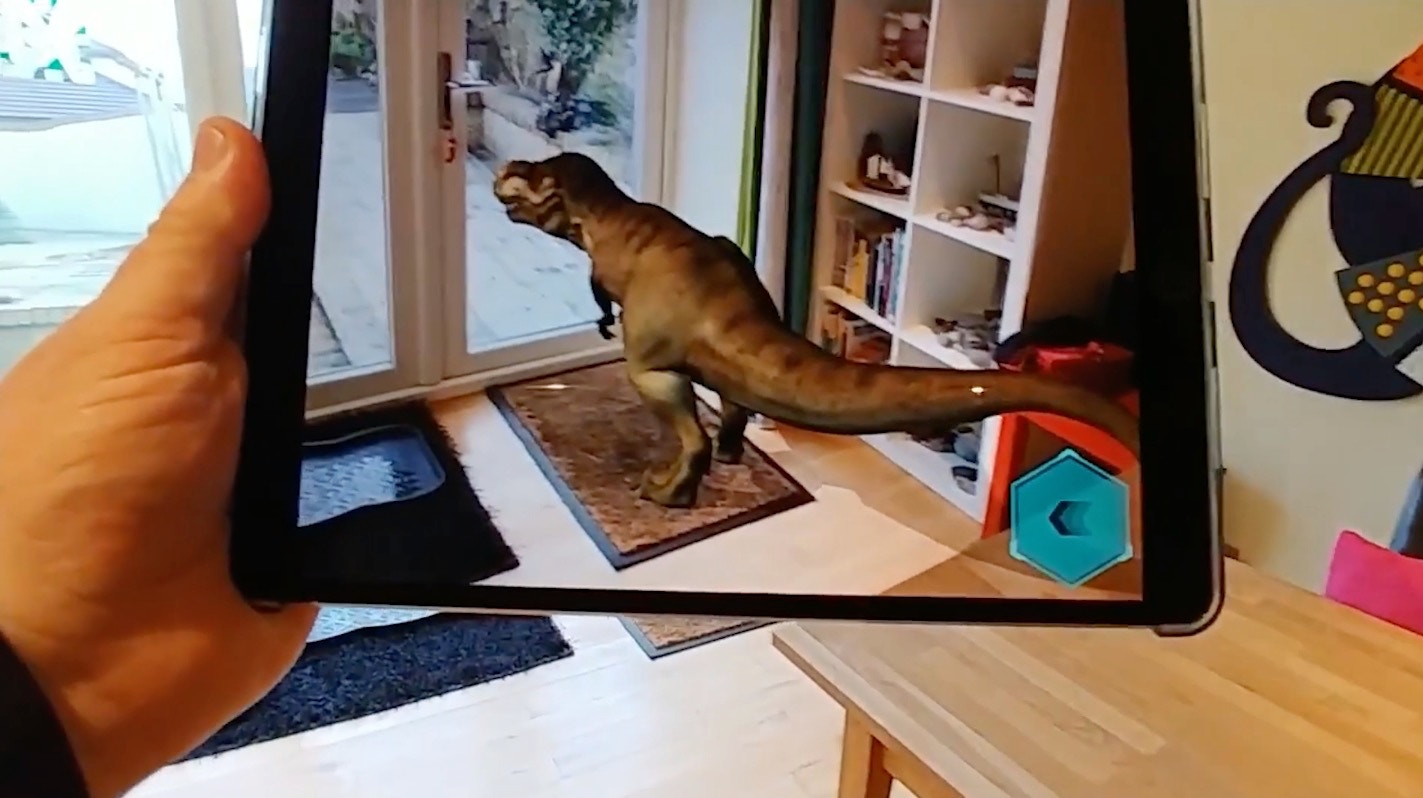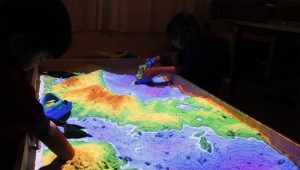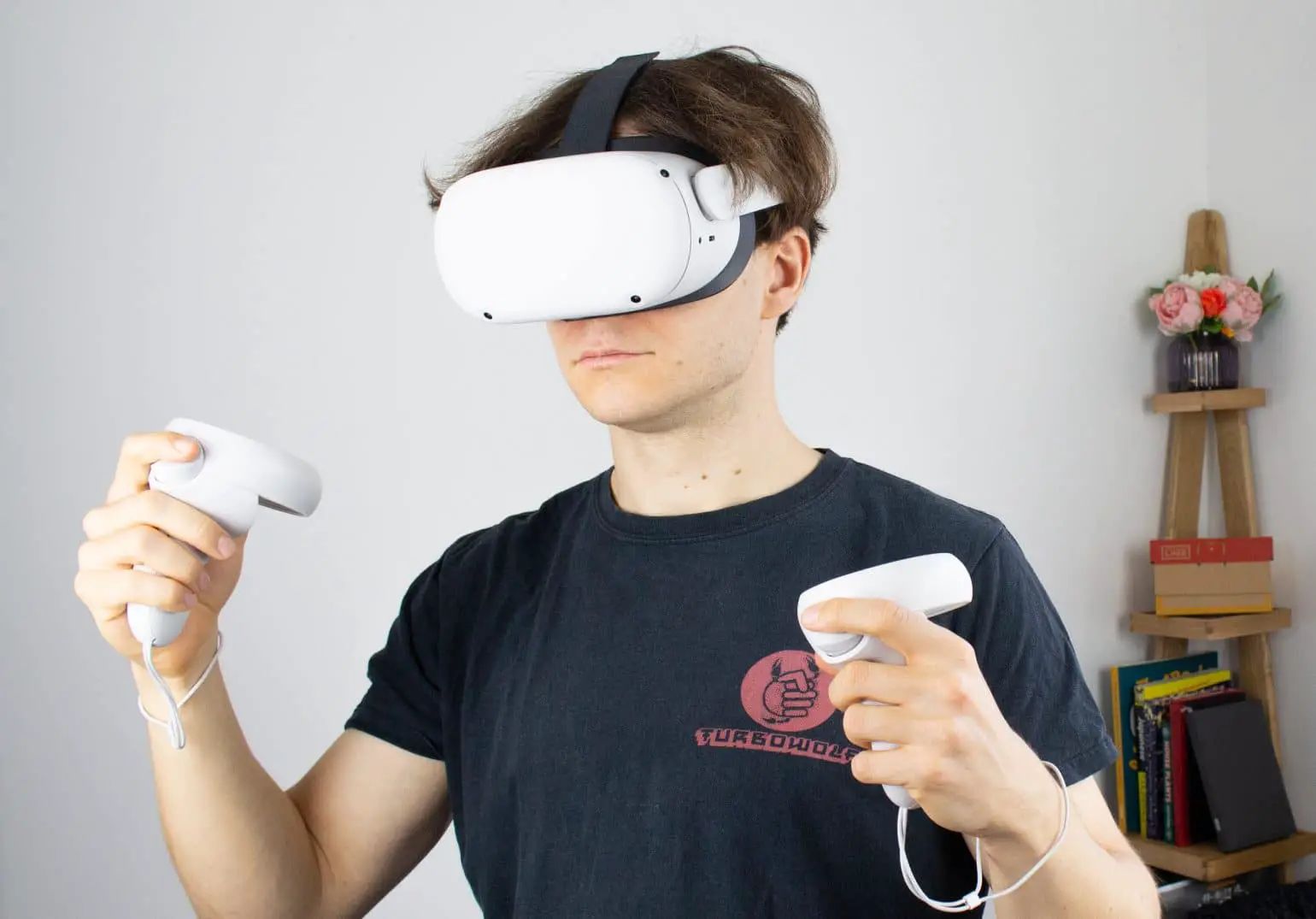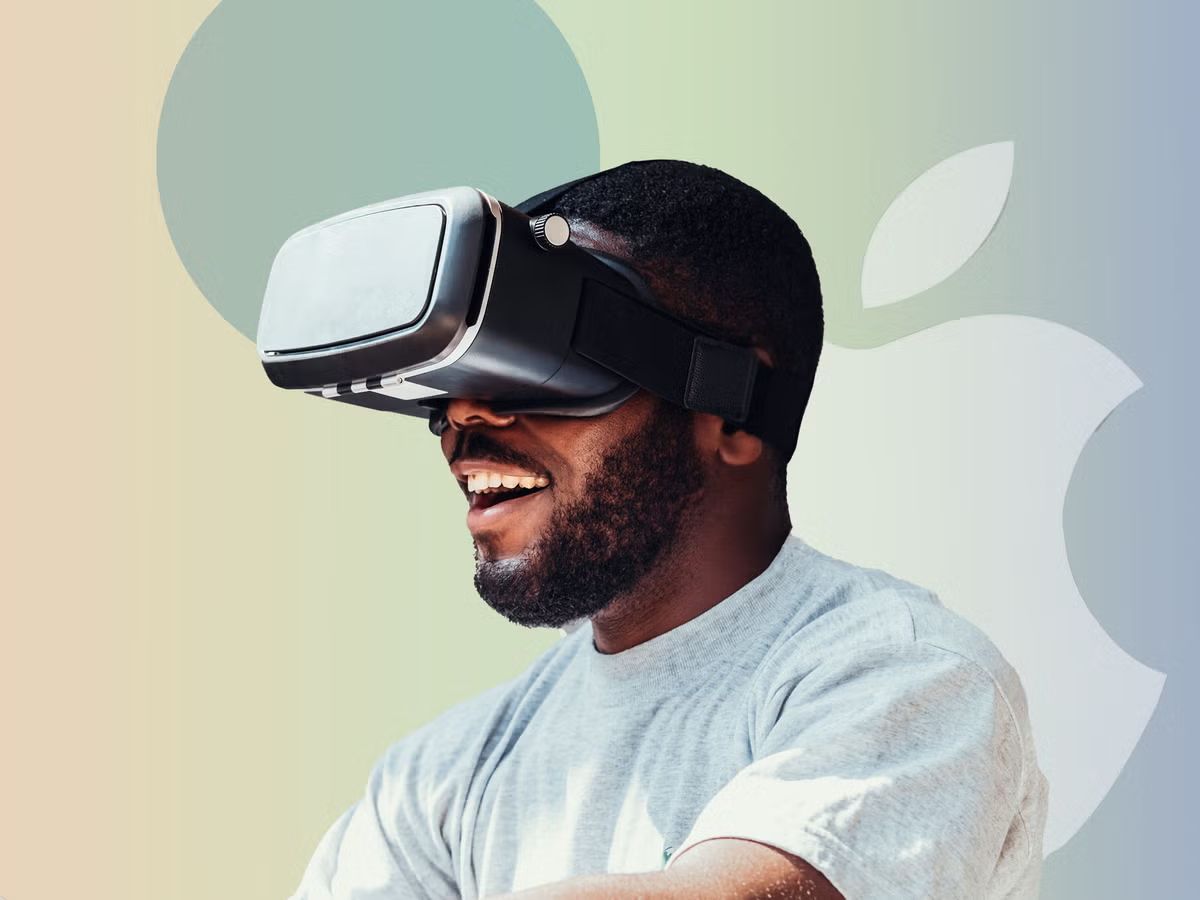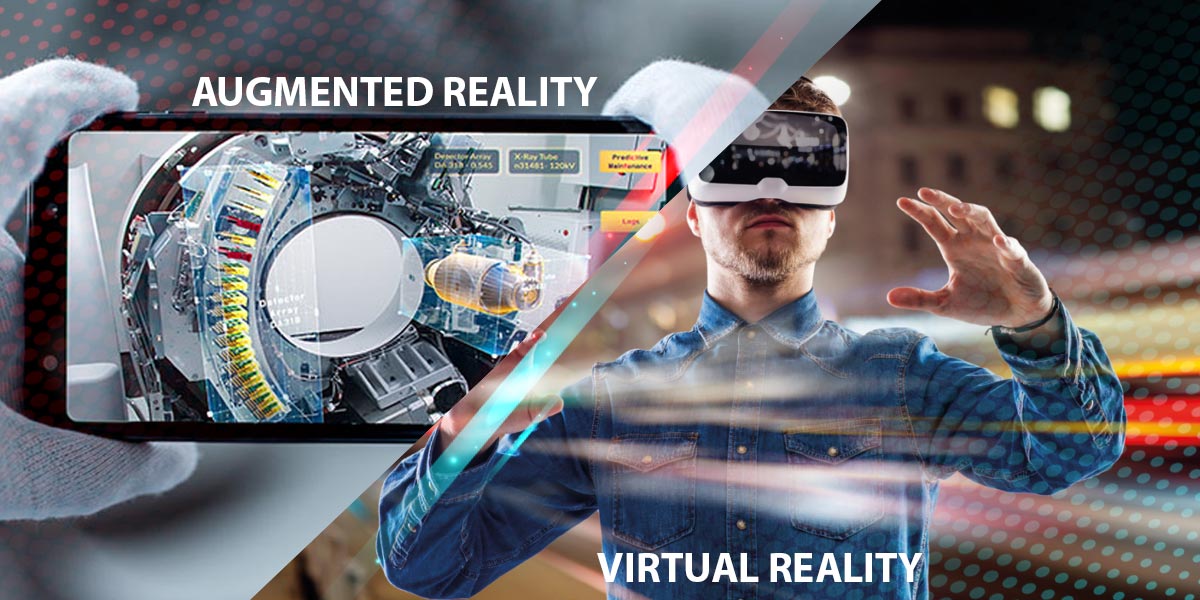With a new Matrix film in the pipeline, it seems that virtual and augmented realities are yet again the words on everyone’s lips.
Virtual reality and augmented reality as concepts have been around for a couple of decades. They both entered the public consciousness at the same time as the personal computer in the late 80s and early 90s. Back in the day, however, the technology wasn’t quite there yet. Most of the VR experiences on offer suffered from clunky graphics and unconvincing digital landscapes. Virtual reality was more or less shelved in favor of the Internet. Nonetheless, there has seen something of a renaissance over the past few years, with corporate tech giants looking to make VR headset a norm in every household within a few years.
Facebook’s acquisition of Oculus kickstarted the renewed interest in VR. All the major tech names have joined the fray since then. Microsoft, HTC, Amazon, and Google are all currently working on VR and AR-enabled devices and snapping up VR and AR companies. They race to develop some reckon which will be the next major computing platform.
So what’s all the fuss about? Let’s take a look at the difference between augmented reality and virtual reality alongside their many exciting applications.
AR vs. VR: What Do They Have In Common?
It’s the year 2027, and you have a busy day ahead of you. You start your day with an hour-long business meeting in Shanghai, go with one of your associates to check on the production lines down in Shenzhen, take a few minutes to peruse the new collections at Bloomingdales during your lunch hour and tour a potential location for your firm’s new Vancouver outlet – all from your London-based office.
This is what our XR-enabled future could look like. Before we start talking about AR vs. VR and what sets them apart, let’s take a quick look at the so-called “reality technologies.” These include virtual reality and augmented reality alongside mixed reality. All three refer to immersive technology that merges physical and virtual elements to transport the user into a different world, one that is more or less based on his or her physical environment. The term XR or extended reality is starting to emerge as an umbrella term for these three major technologies.


AR And VR: Their Uses In XR
To put it simply, XR is big business. Its main application at this point is in the gaming and entertainment sphere. However, more and more use cases are emerging, including industries like medicine, education, and business. The prediction is that by 2022, the XR market will reach $202 billion. Not bad for a confined tech a few years ago to the likes of arcade games.
AR and VR are the main XR components. Virtual reality engages all five senses to simulate a real-life situation, fully immersing users in a computer-simulated environment. In most cases, a headset or head-mounted display is used to “fool” users’ brains into thinking that they truly are walking on the bottom of the ocean, have shrunk to the size of an ant, or are fighting a horde of zombie invaders. Augmented reality, on the other hand, does not aim to immerse you in a completely new reality. It adds an extra “layer” of reality on top of your existing one.

VR vs. AR: What Sets Them Apart?
To put it simply, the main AR and VR difference is that VR uses technology to transport you to a different world. On the other hand, AR uses (different) technology to add a digital layer on top of your real-time environment. While VR enables you to walk on the moon (or at least think you are), AR layers information over what you see around you. The most well-known examples of AR are probably the Pokémon GO game and the Snapchat filters that allow you to see what you’d look like with dog ears or as an angel. Virtual reality tends to isolate people from the real world around them as opposed to augmented reality, which enables them to continue to interact with their surroundings.
AR And VR: Differences In The Equipment Used
Current VR technology employs headsets or multi-projected environments, sometimes alongside physical props, to generate realistic sounds, images, and sensations, and create a credible artificial world. Some of the more well-known VR headsets around today include the Oculus Rift, Microsoft’s HoloLens, the Samsung Gear VR (which uses Oculus VR technology), and the HTC Vive. In some cases, it’s possible to connect other devices enabling voice input, hand tracking, and controllers to your headset.
AR technology, on the other hand, overlays the camera view of your smartphone, tablet, PC or smart glasses with digital information and media (3D models, videos, audio, etc.). This is possible by connecting the information in question to a special “marker.” While many AR apps are made to be used primarily with smartphones, augmented reality-enabled devices include head-up displays (HUD), AR glasses or contact lenses and virtual retinal display (VRD). The most frequently used types of AR include marker-based AR (based on image recognition), markerless AR (location-based or position-based via GPS), projection-based AR (such as holograms), and superimposition-based AR (which fully replaces the original view with a fully or partially augmented one).
The Main Applications Of AR And VR
While the entertainment value of both AR and VR is obvious (who wouldn’t want to be able to escape into a completely different universe?), the practical applications are less so. Let’s take a look at why so many major companies are choosing to invest in AR and VR. At the same time, let’s see the difference between AR and VR when it comes to applications.
Applications Of VR
VR, with its capacity to immerse individuals in another world, obviously appealed to the gaming and entertainment industry from the get-go. VR enables music fans to attend concerts on the other side of the world, cinephiles to watch films on their own private wraparound cinema screen, and gamers to immerse themselves in worlds of their choosing.
However, more and more industries outside entertainment are finding uses for VR technology. The education sector was an early adopter. Virtual reality makes it possible to train pilots and soldiers without exposing them to real danger or risking damage to expensive equipment. The medical sector is another enthusiastic adopter of VR. The sophisticated technology creates 3D models of human bodies from CAT scans and MRIs. Moreover, it enables surgeons to practice new techniques. Virtual reality also has a myriad of uses when it comes to shopping and eCommerce. Why bother going into a physical store when you can browse new collections from the comfort of your couch?
Applications Of AR
Augmented reality also has a wide array of applications, with fun being just one of them. Tech-savvy museums are already using AR apps. This helps visitors to see what an exhibit looked like several hundred years ago. Furthermore, it provides extra information about the painting. Ikea employs AR to help you see what a piece of furniture would look like in your living room. Navigations apps use AR to overlay street views with directions.
To put it simply, a big difference between VR and AR is that virtual reality helps you travel to other places, while augmented reality brings things to you.


What Does The Future Hold For AR And VR?
Both AR and VR have come on in leaps and bounds over the past few years. The year 2020 will potentially be the year they go truly mainstream. What are the biggest trends we can expect for extended reality technologies over the months to come?
Consumer VR Will Finally Go Mainstream
Affordable VR headsets conceived for entertainment purposes have been around for a while now but still, aren’t remotely mainstream. It’s looking like that may change soon. However, with the likes of Oculus and Vive offering stand-alone headsets that incorporate their powerful technology, rather than needing to be tethered to a computer, they lead to a more natural and immersive experience.
AR And VR: Meet AI
Several AI technologies are essential to the development of AR and VR. Natural language processing (or NLP) applied to virtual reality environments will enable better voice control. Additionally, it helps to limit the intrusion of unnatural elements such as menus and icons into virtual worlds. Increasingly sophisticated computer vision-enabled by machine learning is to be expected, as it improved recognition of human emotions via body language, for example.
AR And VR Will Become Increasingly Social
Facebook knew exactly what they were doing when they purchased Oculus. Over the next couple of years, AR and VR are expected to help us move towards building shared online environments. Facebook Spaces, currently in Beta and compatible with Oculus Rift and Vive, enables people to meet and hang out in VR. Moreover, apps such as Spatial enables remote boardroom meetings via AR.
AR Vs. VR: What’s The Verdict?
AR and VR are both advancing quickly, with no shortage of devices on the market (there are 200 VR headsets available on Amazon alone) and a strong interest on the part of consumers and investors alike. Neither is quite mainstream yet. However, the wide variety of potential applications means that we can continue to expect exciting new developments over the years to come.











